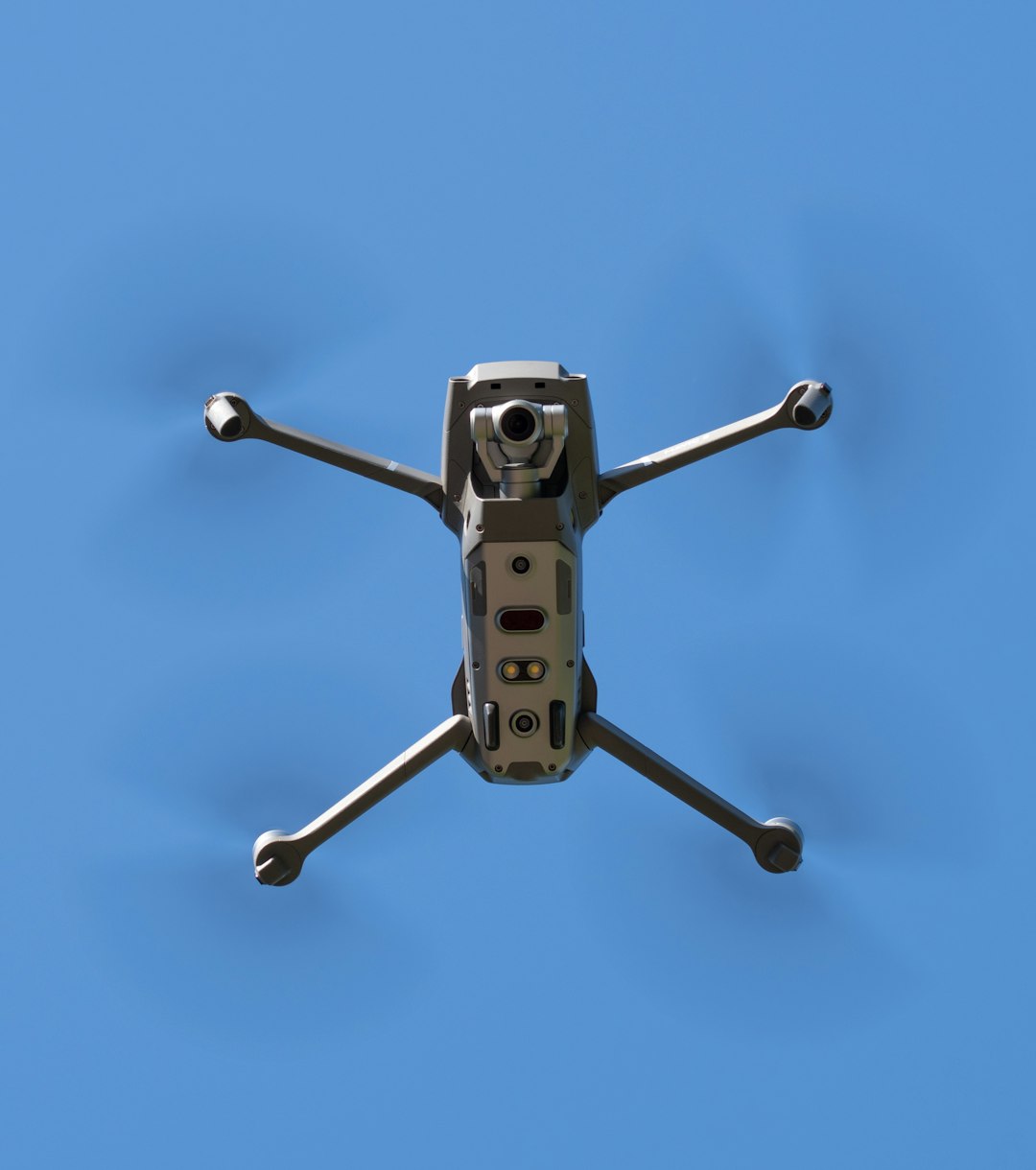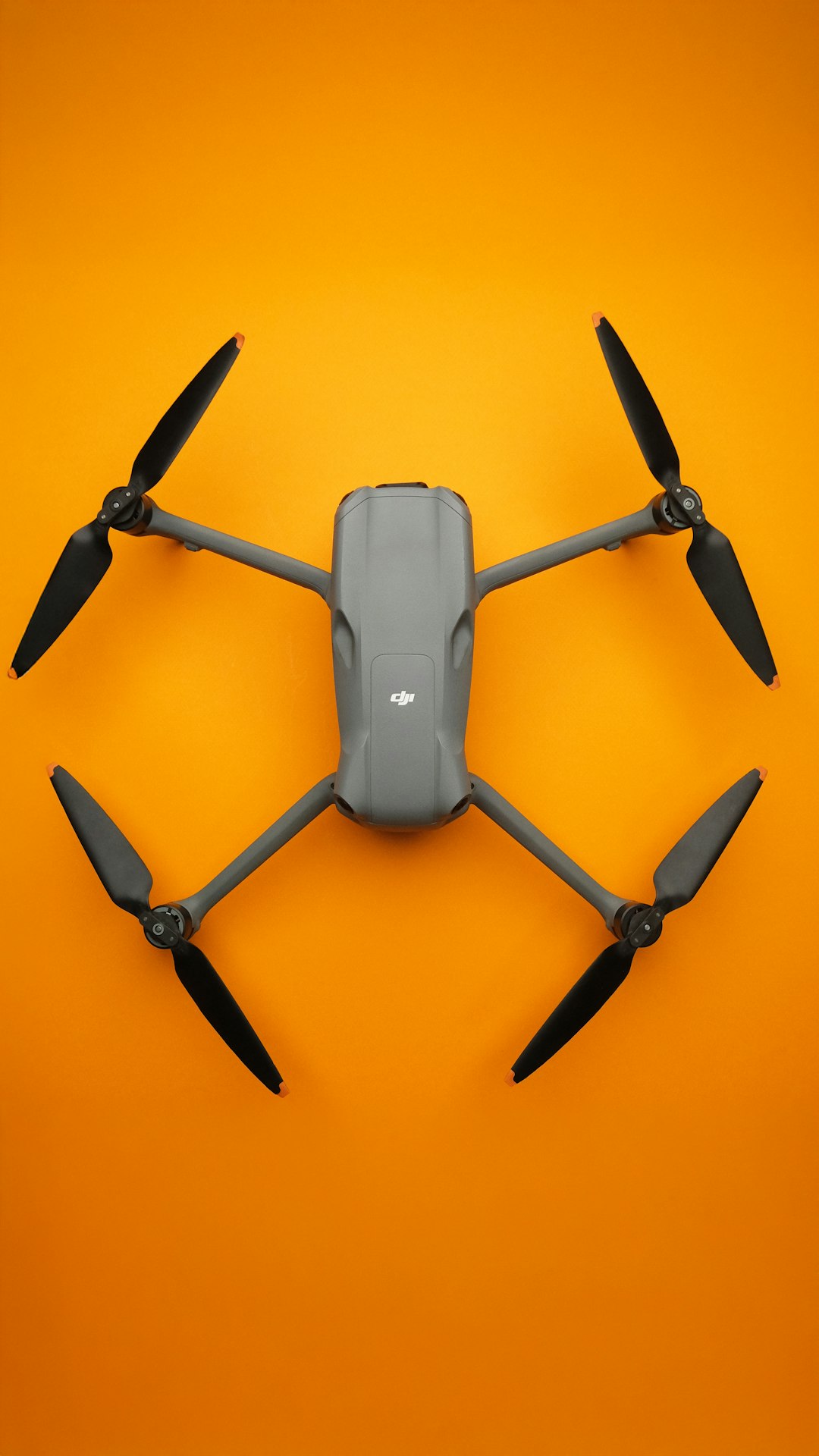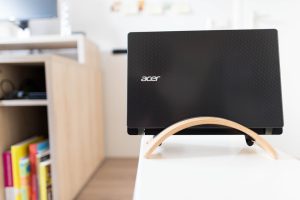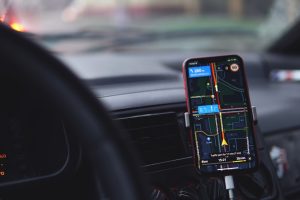
As drone technology continues to evolve, consumers have an ever-expanding array of options to choose from. Two of the most recognizable names in the consumer drone market are Yuneec and DJI. Both brands have carved out strong reputations for innovation, quality, and performance in the aerial photography and videography segments. However, each has its distinct approach to drone design, features, and user experience. This comparison aims to explore what sets Yuneec and DJI apart and help consumers make an informed decision when choosing their next drone.
Yuneec: A Look at the Challenger
Founded in Hong Kong, Yuneec began as a manufacturer of remote-controlled aircraft before transitioning to electric aviation and eventually drones. The brand gained prominence with its Typhoon series, offering semi-professional level drones at reasonable prices. Yuneec drones are widely recognized for their thoughtful safety features and professional-grade camera setups.
One of Yuneec’s most celebrated models, the Typhoon H Pro, includes features such as:
- A 360-degree gimbal camera.
- Retractable landing gear for unobstructed views.
- Intel RealSense obstacle avoidance technology.
- Six rotors for enhanced stability and flight control.
Yuneec’s strengths lie in creating user-friendly drones aimed at those who want to strike a balance between ease of use and advanced functionality. Their hexacopter designs, uncommon in the consumer market, provide added redundancy and safety, making them ideal for professional use cases where reliability is crucial.

While Yuneec may not have the same marketing exposure as DJI, it commands a loyal niche of users who appreciate its nuanced features, durability, and value-oriented pricing. The brand also places a significant emphasis on flight safety, appealing particularly to beginners and semi-professionals alike.
DJI: The Market Leader
On the other side of the spectrum stands DJI, the undisputed titan of the drone industry. Headquartered in Shenzhen, China, DJI has developed an ecosystem that encompasses all levels of drone users, from hobbyists to Hollywood filmmakers. Their lineup includes the Mavic, Phantom, and Air series, each known for their compact design, ease of use, and high-quality imaging systems.
The main reasons for DJI’s dominance include:
- Advanced camera systems with up to 6K or even 8K recording capability.
- Highly intuitive apps and remote control interfaces.
- ActiveTrack and other intelligent flight modes.
- Extensive developer support and accessories.
Standout models like the Mavic Air 2 and Mavic 3 have redefined what consumer drones can do. With compact folding arms, autonomous flight capabilities, and multi-directional obstacle sensors, DJI drones consistently lead the pack in both innovation and user experience.

Moreover, DJI’s proprietary software, such as the DJI Fly and DJI Go 4 apps, makes editing, sharing, and flying more accessible to users who may not be tech-savvy. DJI continues to be the go-to brand for beginners and pros alike due to its wide product range, frequent firmware updates, and strong customer support network.
Comparing Key Aspects
Though both companies produce high-quality drones, there are crucial differences in several key areas:
1. Camera Performance
DJI generally leads in camera technology, with larger image sensors and more refined color profiles. Drones like the Mavic 3 Cine come equipped with a Hasselblad camera capable of superb dynamic range and cinematic output. On the other hand, Yuneec’s cameras are not far behind, with models like the Typhoon H3 integrating a Leica-designed camera for stunning imagery. However, in terms of post-processing flexibility and resolution options, DJI still edges out its competitor.
2. Flight Stability and Safety
Yuneec’s hexacopter design adds an extra layer of flight stability and motor redundancy, making it ideal for critical flights. DJI, near perfect in its quadcopter design, relies heavily on advanced software-based obstacle avoidance and gyroscopic stabilization. Both systems are reliable but cater to slightly different priorities—Yuneec for redundancy, DJI for smart automation.
3. User Interface and App Experience
DJI’s mobile applications are more polished and continually updated. They allow users to easily transfer, edit, and share videos and photos. Yuneec’s application ecosystem is not as sleek but offers core functionalities needed for flight monitoring and camera control. If user interface is a major factor, DJI offers a superior experience.
4. Pricing and Value
Yuneec drones are generally more affordable when comparing similar classes of drones. They are packed with professional features at mid-range price points. DJI, though often more expensive, provides better long-term value through firmware updates, accessories, and resale value.
5. Battery Life and Portability
DJI drones tend to be more compact and offer better battery optimization. Models like the Mavic Mini can offer up to 30 minutes of flight time in a device small enough to fit in a jacket pocket. Yuneec drones, being bulkier and heavier, trade longer setup times and less portability for features like higher payload capacity and additional safety redundancies.

Final Verdict: Which One Should You Choose?
Ultimately, the choice between Yuneec and DJI depends on individual needs, budget constraints, and experience level. DJI reigns supreme if the goal is ultimate performance, compact size, and an all-around package that’s beginner-friendly and future-proof. However, for users who need robustness, flight safety redundancy, and competitive value, Yuneec offers a compelling alternative.
Both drone makers have their pros and cons, but regardless of the choice, consumers are investing in high-quality technology backed by years of research and industry-leading innovation.
Frequently Asked Questions (FAQ)
- Q: Which brand is better for beginners—Yuneec or DJI?
- A: DJI is generally better suited for beginners due to its intuitive app interface, easier setup, and extensive tutorials and community support.
- Q: Can Yuneec drones compete with DJI in professional videography?
- A: In many cases, yes. Yuneec drones like the Typhoon H3, with their Leica camera partnerships and advanced features, are suitable for professional work. However, DJI still holds the edge in cinematic options and editing flexibility.
- Q: Are Yuneec drones more durable than DJI drones?
- A: Yuneec’s hexacopter design tends to make their drones sturdier and more fault-tolerant in flight. This can translate into better durability, especially in windy conditions.
- Q: Which brand offers better post-sale support?
- A: DJI has a more established global presence and better-known customer service channels, but Yuneec also offers reliable support and warranties, albeit with narrower coverage globally.
- Q: What about battery life differences?
- A: DJI typically leads in battery life and power management, offering longer flight times in more portable packages compared to Yuneec models.






